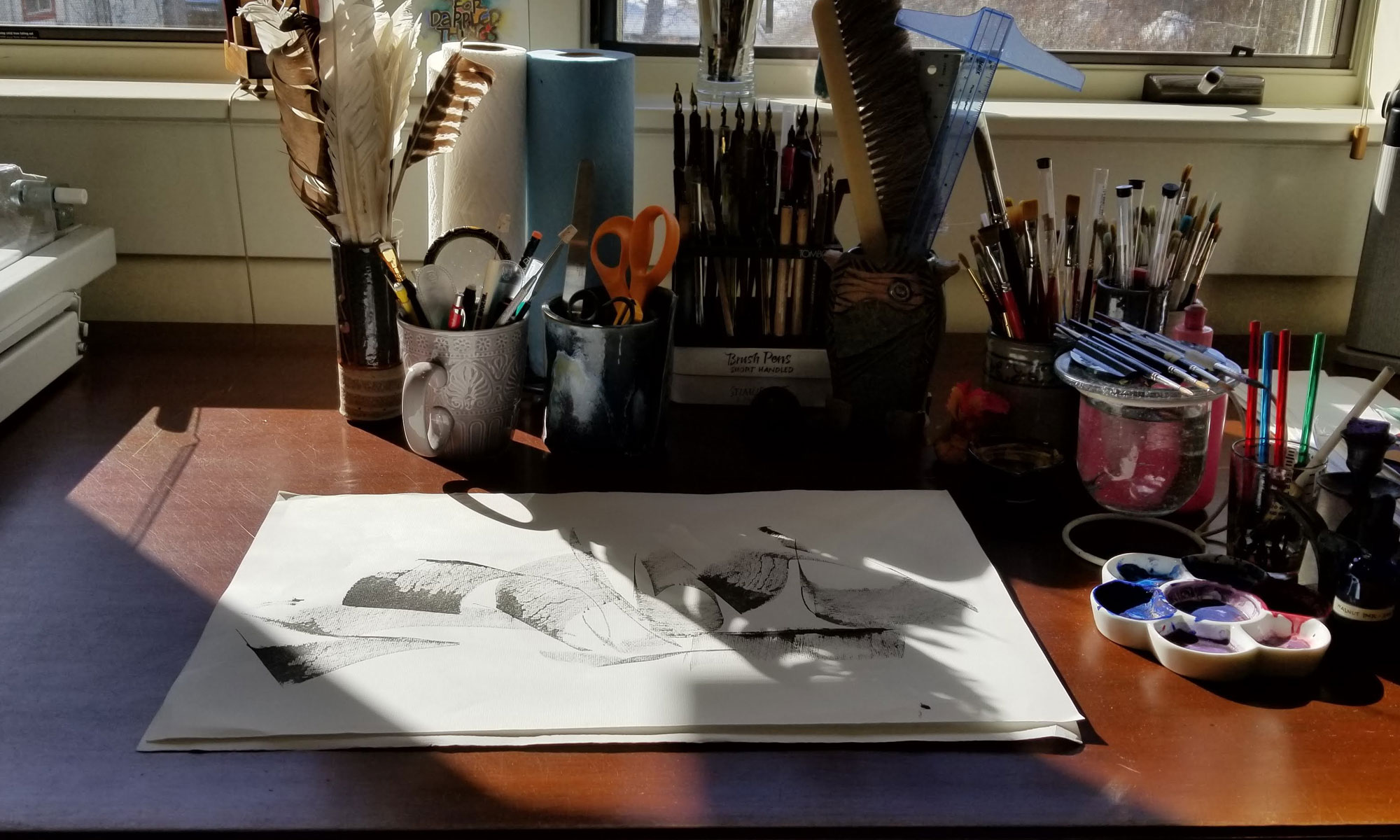The February issue (PDF link) of the Caxton Club’s journal Caxtonian features an intriguing article by Michael Russem, of Kat Ran Press, entitled “The Failure of Fine Printing.” He tells of the book edition he so carefully crafted, following, he thought, the best principles of book design — only to have his most avid collector tell him: I don’t buy your books to read.
This quotation encapsulates the main theme of the article:
Because we are so accustomed to mass market productions, the physical elements and processes traditionally chosen for fine press books—handmade paper, letterpress, and hand bindings—are foreign to the average reader and thus call too much attention to themselves, over stimulating the senses and spirit. It is impossible to handle them without relishing in the deliciousness of the materials — though all the while feeling panic over the possibility of damaging these precious items.
He concludes that fine binding is an impediment to the reading of the text, making them an example of bad design … while paperbacks, whose materials are so commonplace as to become invisible, function successfully as vehicles for the text.
I’m not doing the article justice; read it for yourself. And then go comment on the blog he set up for this purpose at http://failureoffineprinting.blogspot.com/

That is kind of sad, but somewhat true: I do not actually read the 2 or 3 books I own that were made by small presses! Instead I enjoy opening them up and looking at the first few pages and the collophon…all the while worrying my fingers are leaving damaging oils…but what’re ya gonna do? The world needs these kind of books! People should have an alternate way of experiencing books…as precious objects.